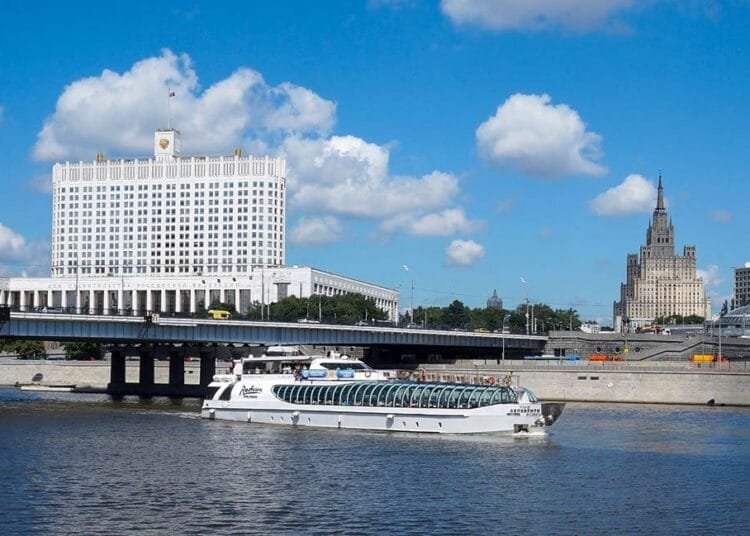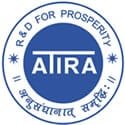Prasad highlights India’s success in Renewable Energy
India is discussing opportunities to accelerate the energy transition keeping energy security in view in South East Asia, starting with Singapore, where a number of options for alternative energies are in progress in various stages, said the senior Indian official on 28 Oct.
“For this, the need of interconnection has been highlighted to use the regional renewable resources in an optimal manner. There is a huge opportunity waiting if the South Asian and the South East Asia grid is interconnected,” Ghanshyam Prasad, Chairman of the Central Electricity Authority, said at an international energy conference in Singapore.
“One of the options is to have a direct interconnection between India and Singapore. This was in line with the ‘One Sun One World One Grid principles’ originated from India. Through Singapore whole of the South East Asian countries will benefit,” Press Trust of India quoted Prasad as saying at the Singapore International Energy Week held form 27 Oct.
Prasad elaborated on India’s potential to supply Renewable (solar, wind. Hydro, hydro pumped storage etc) power sourced electricity to Singapore and South East Asia, adding, “To start with the link can be of 2,000 MW capacity.”
“The export of green energy will help Singapore and may be whole of South East Asian countries to diversify its power portfolio needs and accelerate energy transition to green energy,” he said, adding the huge potential of RE power in India.
He highlighted India’s success in harnessing Renewable Energy, saying that for this year, India has to date have already installed more than 30,000 MW new capacity which by end of this year could be a record installation of more than 40,000 MW in a year.
“India is one of the leaders in green energy transition and Singapore, as well as other South East Asian countries, acknowledged that tapping power from Indian sources would help reduce significantly future gas fuel needs for electricity generation,” Prasad was quoted by PTI as saying.
Further, India is adding more renewable and hydropower capacity. It has a hydro pump storage capacity of 240 GW and is expected to add around 60 GW by 2034. India is also planning to add 100-GW nuclear capacity by 2047, he pointed out.
Once a full-scale South Asia-South East Asia grid connection is in place, Prasad sees additional two-and-a-half-hour of solar energy harnessing potential leading to less requirement of storage capacity. Thus, leading to reduction in cost of supply for the electricity consumers.
Industry observers at the conference said India’s offer of green energy to South East Asian markets will be most competitive, given the rupee-based price trading through the electricity grid against higher value regional currencies, especially the Singapore dollar as the Asian financial hub is seen a natural trade funding centre for green energy, building on its global petroleum trading legacy.
In March this year, India and Singapore had signed a Letter of Intent (LoI) for Green and Digital Shipping Corridor (GDSC), with a focus on digitalisation and decarbonisation. The Singapore-India GDSC, when established, will enhance collaboration from both countries and help accelerate the development and uptake of zero or near-zero GHG emission technologies and the adoption of digital solutions, a joint release from Maritime and Port Authority of Singapore and India’s Ministry of Ports, Shipping had then said on March 25, 2025. Fiinews.com











